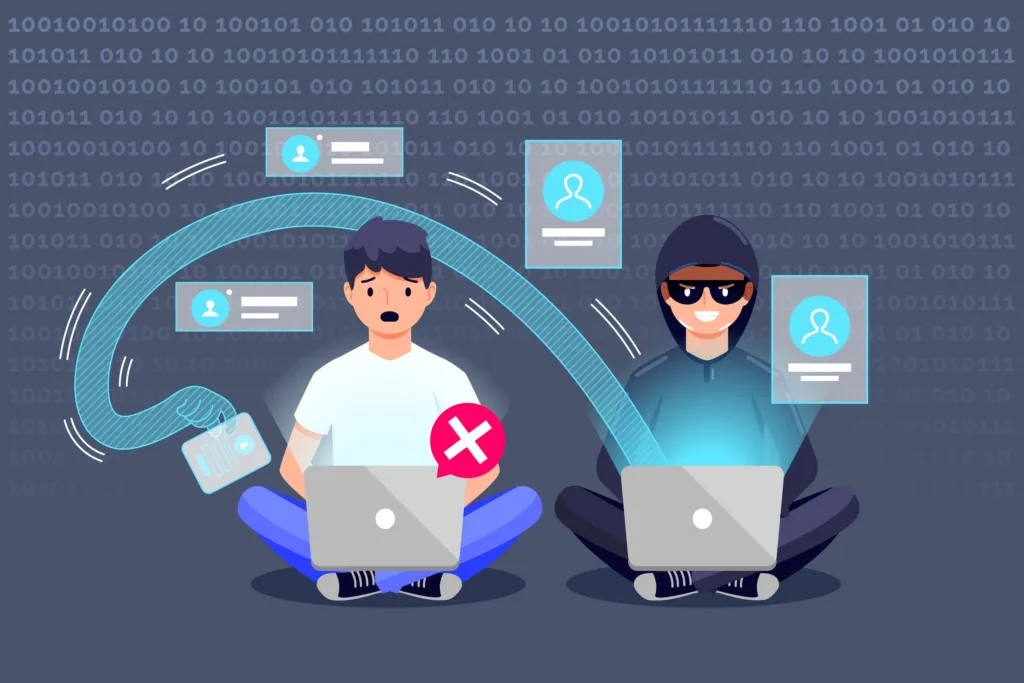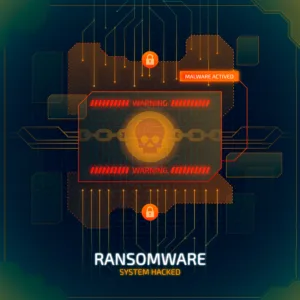
Table of Contents
Introduction
In the ever-evolving landscape of the digital world, cybersecurity is a paramount concern. As digitization advances, so do the methods employed by cybercriminals. One such emerging threat that has caught the attention of security experts is the KV-Botnet.
In this blog post, we’ll delve into what the KV-Botnet is, how it operates, and the potential risks it poses to individuals and organizations.
Understanding the KV-Botnet
The term “KV-Botnet” refers to a sophisticated network of compromised computers, often referred to as bots or zombies that are under the control of a malicious actor.
The “KV” in its name is believed to be derived from the initials of the botnet’s creator or a related entity, although the true identity remains shrouded in mystery.
Operation and Functionality
KV-Botnet operates by infecting a large number of computers, creating a distributed network that can be remotely controlled. This network of compromised devices, known as a botnet, allows the malicious actor to carry out a variety of cyber-attacks, ranging from distributed denial-of-service (DDoS) attacks to spreading malware and conducting phishing campaigns.
One distinctive feature of the KV-Botnet is its ability to adapt and evolve. It employs advanced evasion techniques to avoid detection by traditional security measures, making it a formidable adversary for cybersecurity experts. The botnet often relies on exploiting vulnerabilities in outdated software or leveraging social engineering tactics to trick users into downloading malicious content.
Potential Risks and Impact
The KV-Botnet poses significant risks to individuals and organizations alike. Its ability to launch large-scale DDoS attacks can cripple websites and online services, leading to downtime and financial losses. Additionally, the botnet’s involvement in spreading malware can result in data breaches, identity theft, and other forms of cybercrime.
The use of KV-Botnet for phishing campaigns is another cause for concern. By deceiving users into divulging sensitive information such as login credentials or financial details, the botnet can facilitate a range of fraudulent activities, further compromising the security of individuals and businesses.
Mitigation and Prevention
To defend against the KV-Botnet and similar threats, it is crucial for individuals and organizations to adopt proactive cybersecurity measures. Regularly updating software and operating systems, employing robust antivirus solutions, and educating users about the dangers of phishing are essential steps in reducing vulnerability to botnet attacks.
Furthermore, collaboration among cybersecurity professionals and the sharing of threat intelligence can play a pivotal role in identifying and neutralizing the KV-Botnet. As the threat landscape evolves, so must our collective efforts to stay ahead of cybercriminals.
Conclusion
The emergence of the KV-Botnet underscores the ever-present need for heightened cybersecurity awareness and vigilance. By understanding the modus operandi of such threats, we empower ourselves to take the necessary precautions to safeguard our digital lives. As we navigate the complexities of the online world, a united front against cyber threats is our best defense.
Read more on https://cybertechworld.co.in for insightful cybersecurity related content




















Thanks for sharing. I read many of your blog posts, cool, your blog is very good.